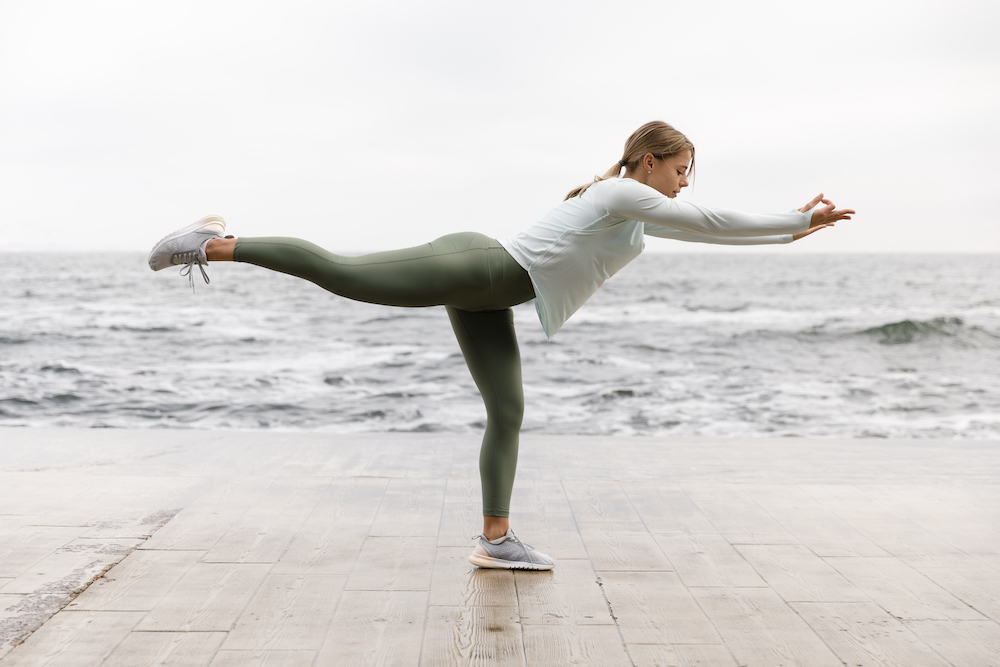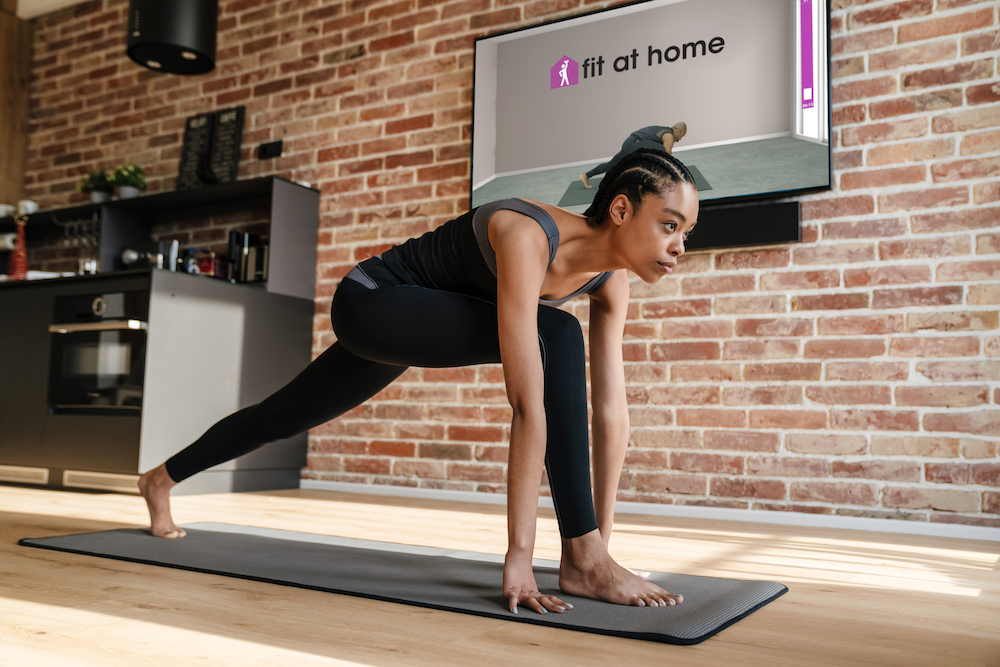Balance is a fundamental aspect of our daily lives, influencing everything from posture and coordination to injury prevention. Whether you’re an athlete looking to enhance your performance or someone seeking better stability in everyday activities, incorporating balance exercises into your routine can yield impressive results. We’ll explore a range of exercises designed to improve your balance and help you achieve greater overall stability.
Why improving your balance?
Improving your balance is essential for a variety of reasons that contribute to your overall well-being and quality of life. Here are some compelling reasons why working on your balance is beneficial:

- Injury prevention: Good balance helps you navigate uneven surfaces, unexpected obstacles, and slippery conditions with greater stability. This reduces the risk of falls and injuries, especially as you age.
- Enhanced athletic performance: Whether you’re an athlete or just enjoy physical activities, better balance leads to improved coordination and agility. It can give you an edge in sports that require quick direction changes, precise movements, and controlled landings.
- Core strength and stability: Many balance exercises engage your core muscles, which play a pivotal role in maintaining proper posture, supporting your spine, and preventing back pain.
- Functional movement: Daily activities like walking, climbing stairs, and lifting objects require balance. Enhancing your balance ensures that you can perform these activities efficiently and with reduced strain.
- Posture improvement: Good balance goes hand in hand with good posture. By training your body to maintain equilibrium, you naturally encourage proper alignment of your spine and other body parts.
- Neurological benefits: Balance exercises challenge your brain’s ability to coordinate movements, leading to improved neural pathways and cognitive function.
- Confidence boost: As your balance improves, your confidence in your physical abilities also grows. This newfound confidence extends to various areas of your life, influencing your overall self-esteem.
- Aging gracefully: Balance naturally declines with age, but regular balance training can slow down this decline. Maintaining good balance as you age helps you maintain your independence and quality of life.
- Rehabilitation and recovery: If you’ve experienced an injury, working on your balance can be an integral part of your rehabilitation process. It helps rebuild strength, stability, and coordination in the affected areas.
- Mind-body connection: Balance exercises often require focus, concentration, and mindfulness. Engaging in these exercises can help you develop a stronger mind-body connection, leading to improved body awareness and control.
Incorporating balance exercises into your routine is a holistic approach to enhancing your physical capabilities. Whether you’re an athlete striving for peak performance or simply aiming to lead a healthier, more active lifestyle, improving your balance can have far-reaching positive effects on your body and mind.
Exercises to improve your balance
Improving your balance doesn’t necessarily require a gym or specialized equipment. There are several effective balance exercises you can do right at home. Here are some simple yet effective home exercises to help you enhance your balance:
Single-leg stand:
- Stand on one leg and lift the opposite leg slightly off the ground.
- Keep your core engaged and maintain a straight posture.
- Hold this position for 20-30 seconds and then switch legs.
- Challenge yourself by closing your eyes or standing on a folded towel for an unstable surface.
Heel-to-toe walk:
- Find a clear space in your home.
- Place one foot in front of the other, so your heel touches the toes of the opposite foot.
- Walk forward for about 10 steps, maintaining the heel-to-toe alignment.
- You can turn around and walk back for an additional challenge.
Chair stand:
- Sit on a sturdy chair with your feet flat on the floor and your hands on your thighs.
- Lean slightly forward and engage your core.
- Lift one foot off the ground and extend your leg forward.
- Stand up using your other leg, then sit back down slowly.
- Repeat 10-15 times on each leg.
Yoga tree pose:
- Stand with your feet together and arms by your sides.
- Shift your weight onto one foot and lift the opposite foot off the ground.
- Place the sole of your lifted foot against your inner thigh, above or below the knee.
- Bring your hands to a prayer position in front of your chest.
- Focus on a point in front of you to help with balance.
- Hold for 20-30 seconds and switch sides.
Side leg raises
- Stand beside a sturdy surface like a countertop or wall for support.
- Lift one leg out to the side, keeping it straight and toes pointing forward.
- Hold for a few seconds and then lower your leg.
- Perform 10-15 repetitions on each leg.

Work on you balance with Pilates!
Our Pilates & Fit workouts will improve your balance, flexibility, strength and coordination, while also releasing stress and help your concentration to keep your body & mind in great condition.
Pilates is an excellent way to improve your balance. The core principles and exercises in Pilates are designed to enhance body awareness, strengthen core muscles, and promote overall stability, all of which contribute to better balance. Here’s why Pilates is effective for balance improvement:
- Core strengthening
- Muscle coordination
- Proprioception enhancement
- Alignment and posture
- Controlled movements
- Full-body engagement
- Flexibility and range of motion
- Adaptability
Your NUMBER ONE fitness app available on:

Achieve your fitness goals with Fit at Home! Whether you want to improve your strength, lose weight, let your kids exercise more often, stay fit during your pregnancy, release stress from your busy day with meditation. At Fit at Home it is all possible. With our home workouts for the whole family, there are workouts available for everyone!